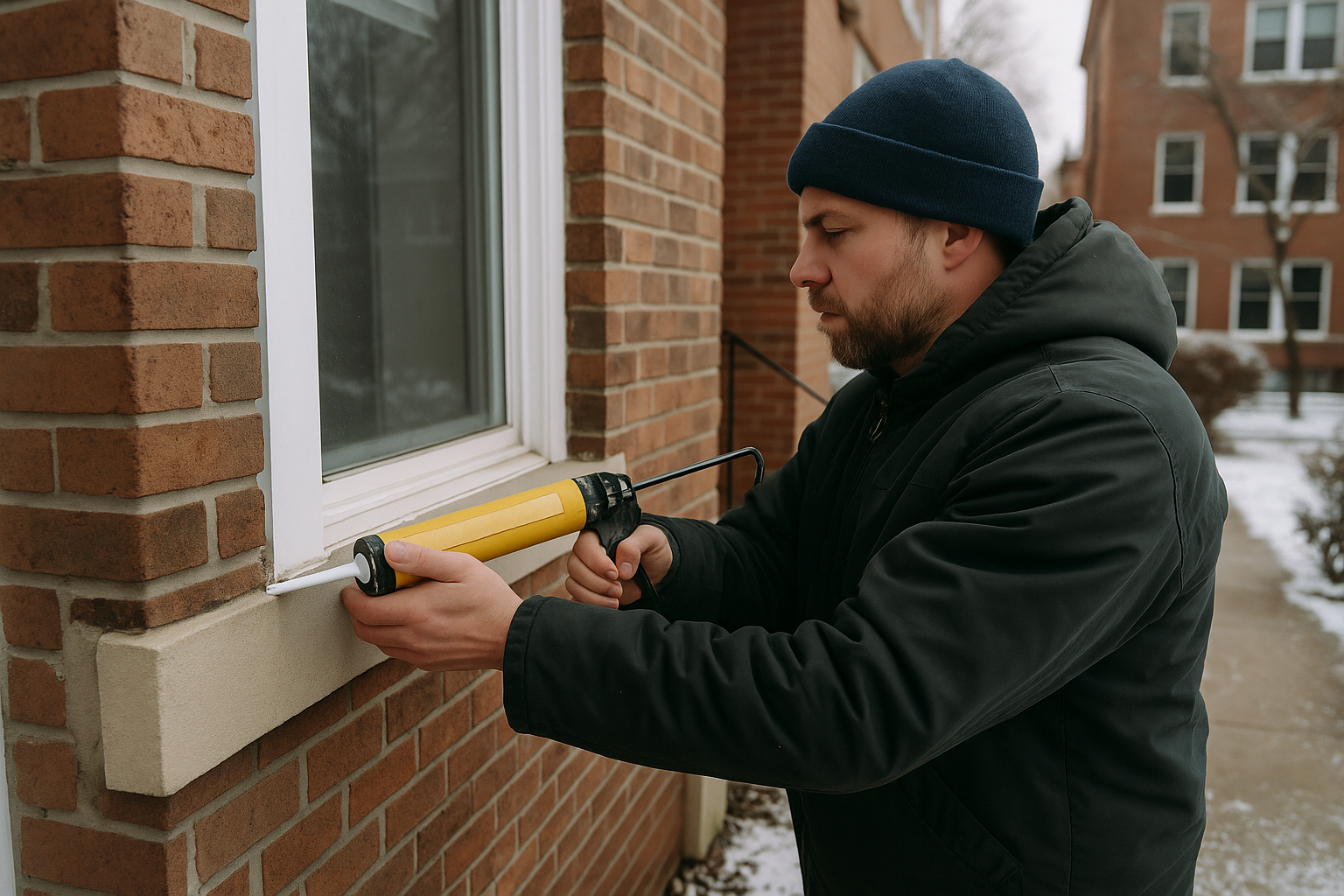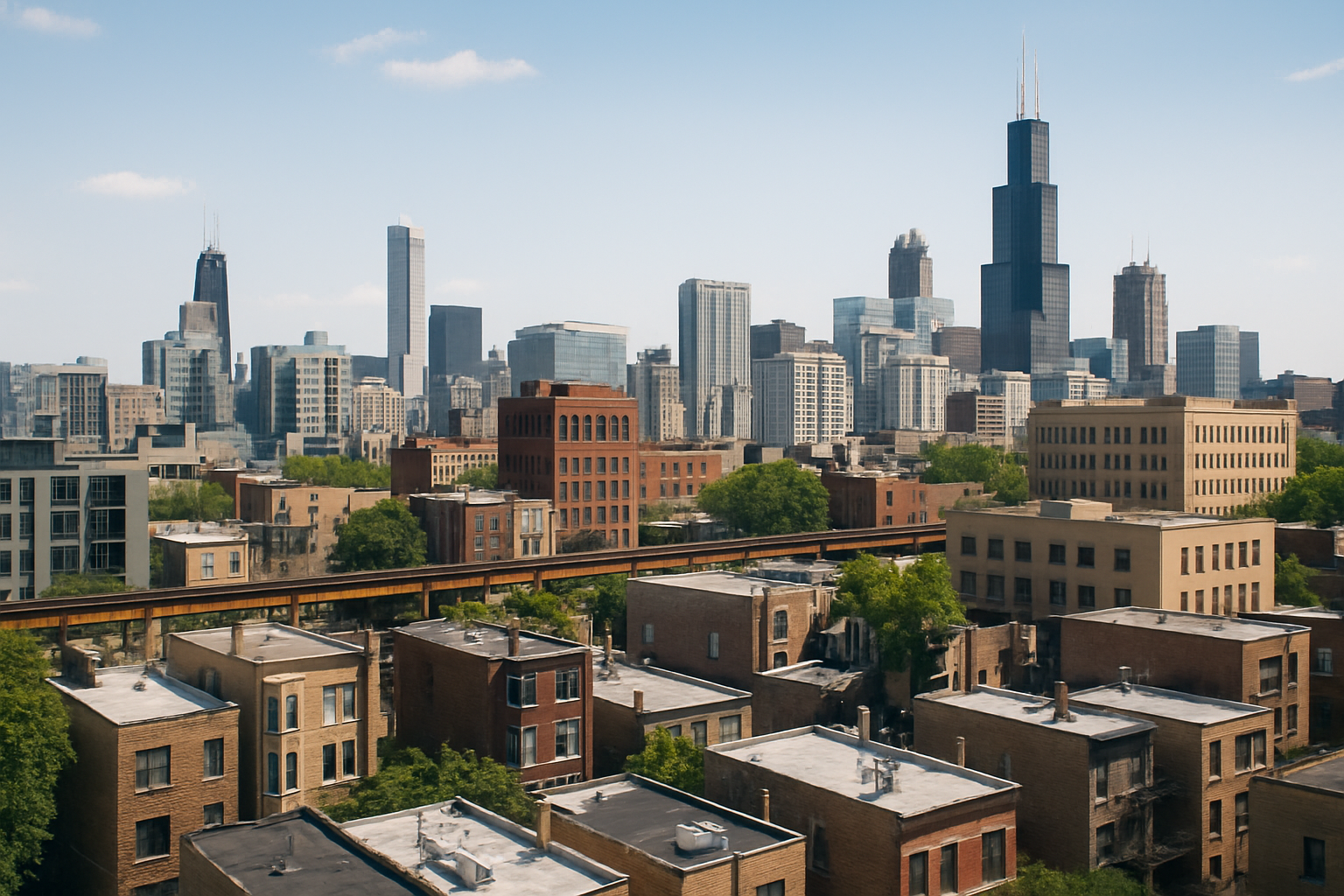What Chicago Can Teach Other Cities About Transit-Oriented Growth
For over a century, Chicago has been a transit city. From the iconic L trains circling the Loop to Metra lines reaching far into the suburbs, the city’s development has been tightly woven with its transportation infrastructure.
But beyond history, Chicago is also quietly leading the way in modern Transit-Oriented Development (TOD) — offering valuable lessons for cities across the U.S. looking to reduce car dependence, boost housing supply, and create vibrant neighborhoods.
In this article, we’ll explore what makes Chicago’s TOD model effective, the key policies behind it, and how it’s reshaping local real estate values.

Chicago’s Early Commitment to Transit
Chicago’s transit story starts in the late 19th century with elevated railways designed to bring suburban workers into the central business district efficiently. Over time, this network evolved into the Chicago Transit Authority (CTA) system — one of the largest and most used public transit systems in the country.
Today, the CTA includes:
- 8 rail lines with over 145 stations
- Dozens of bus routes connecting neighborhoods to rail
- Ridership levels among the
top 5 in the U.S. (CTA Official Site)
This backbone laid the foundation for dense, mixed-use development around transit hubs — long before “TOD” became a buzzword.
Policy Innovation: Chicago’s TOD Ordinances
In 2013, Chicago became one of the first major cities to pass a Transit-Oriented Development Ordinance, aimed at encouraging higher density and reduced parking requirements near train stations. This ordinance was expanded in 2015 and again in 2019 to include more transit nodes and incentives for affordable housing.
Key elements of Chicago’s TOD policies include:
- Reduced or eliminated minimum parking requirements for buildings near transit
- Increased allowable building heights and density
- Streamlined approval processes for developers
- Affordability incentives for mixed-income projects
📄 Read the City of Chicago’s TOD policy overview here
These policies made it easier and cheaper to build near transit, leading to a boom in development around stations, especially in neighborhoods that were previously underutilized.
Real Estate Impact: From Logan Square to Fulton Market
One of the clearest signs of TOD’s success in Chicago is the property value growth around key stations. Neighborhoods like Logan Square, Fulton Market, and parts of the South Side along the Green Line have transformed dramatically over the past decade.
- Logan Square saw a surge of new mixed-use buildings after TOD zoning expanded to the Blue Line stations.
- Fulton Market leveraged its proximity to the Green and Pink Lines to become one of Chicago’s hottest commercial districts.
- Green Line improvements helped drive renewed investment in areas like Bronzeville and Woodlawn, where new residential and retail projects are now thriving.
According to a Metropolitan Planning Council study, property values near CTA stations have outpaced citywide averages by double digits, while simultaneously offering more housing units without increasing traffic congestion.
👉 See available NXT Realty listings near CTA and Metra stations
Lessons for Other Cities
Cities across the U.S. — from Los Angeles to Atlanta — are now grappling with housing shortages, traffic congestion, and the need to meet climate goals. Chicago’s experience offers a blueprint:
- Invest Early in Transit Infrastructure
Build reliable, high-capacity transit that people actually want to use. - Align Zoning With Transit Goals
Upzone areas around stations to allow more housing and mixed-use projects. - Reduce Parking Minimums
Car-centric zoning stifles development and drives up costs. Chicago’s reductions spurred building activity. - Integrate Affordable Housing Requirements
Chicago’s TOD expansion included incentives for mixed-income development — helping balance growth with equity. - Focus on Long-Term Neighborhood Health
TOD isn’t just about buildings — it’s about walkability, retail, and community amenities that make car-free living viable.
For a deeper look at national TOD trends, check out this Urban Land Institute report.
Why This Matters for Investors & Renters
For investors, TOD zones often signal higher appreciation potential, lower vacancy rates, and stable rental demand.
For renters, living near transit means shorter commutes, lower transportation costs, and better access to urban amenities — which increasingly drives renter decision-making in Chicago.
👉 Browse Chicago apartments near major CTA lines
👉 Read more market insights on our blog
Final Thoughts
Chicago didn’t invent transit-oriented growth — but it refined it, proving that smart zoning and infrastructure investments can transform neighborhoods, boost property values, and expand housing options without more cars on the road.
As cities nationwide look to grow sustainably,
Chicago’s TOD playbook offers powerful lessons on how policy, infrastructure, and the private market can align to create vibrant, connected communities.















